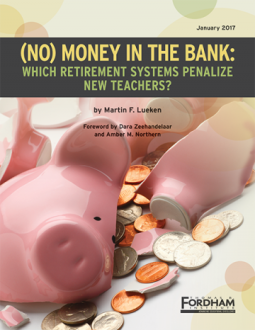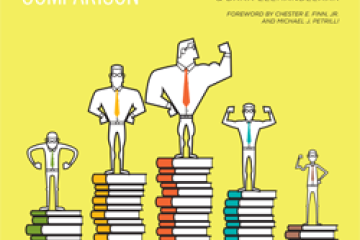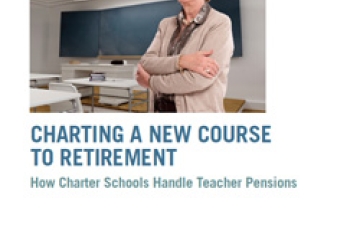A new teacher’s pension is supposed to be a perk. The truth is that for the majority of the nation’s new teachers, what they can anticipate in retirement benefits will be worth less than what they contributed to the system while they were in the classroom, even if they stay for decades.
(No) Money in the Bank: Which Retirement Systems Penalize New Teachers? calculates and documents that unfair reality. We ask:
How long must a new teacher remain in the same retirement system until her benefit is finally worth more than her contributions?
To tackle this complicated analysis, we recruited Martin Lueken, director of Fiscal Policy and Analysis at the Friedman Foundation for Educational Choice (EdChoice). Dr. Lueken examined the timing of this "crossover" point for a new teacher in the largest public school district in each state plus the District of Columbia, using current retirement plan parameters and actual teacher salaries.
The results are appalling:
- The median crossover point of the fifty-one districts is twenty-five years. That means teachers in more than half of these districts must wait at least two-and-a-half decades before their retirement benefit is worth more than what they’ve put in themselves.
- In thirty-five districts, nearly three in four teachers will leave the profession before they reach the crossover point; for these teachers, their future retirement benefit will be worth less than the contributions they made to the retirement system while they were teaching.
- And in three districts, a new teacher will never reach the crossover point—the wait is essentially infinite.
It’s not unfair to say that these systems now treat new teachers as sources of revenue for other people’s pensions rather than valued employees in their own right. For a nation that places great emphasis on equity, it is astonishing that so many states now tacitly endorse retirement systems that are inequitable to current and future generations of new teachers.
Crossover Points by District
* Colorado's profile has been updated as of April 2017.




